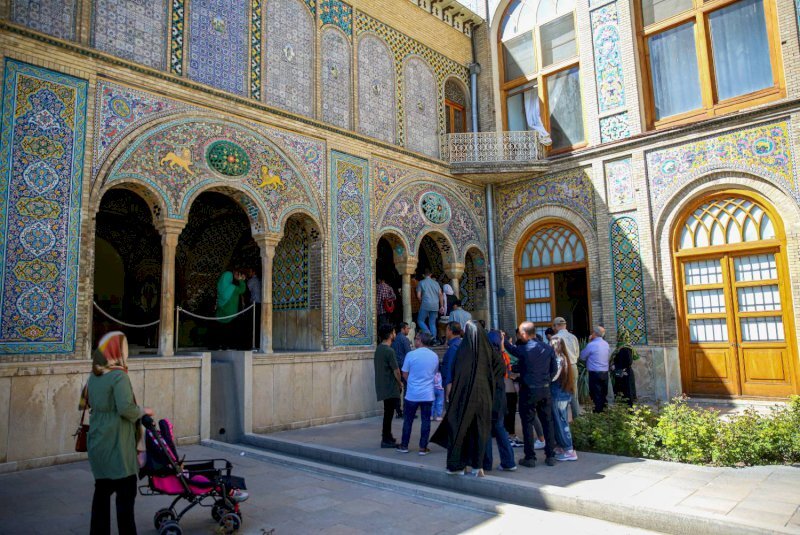Six million visitors tour Iran museums during Noruz

TEHRAN – Some six million people paid visits to museums, palaces, and other heritage sites affiliated with the Ministry of Cultural Heritage, Tourism, and Handicrafts all over the country during the New Year (Noruz) holidays, which ended on April 2.
The figure shows a significant percent growth year on year, the director of museums and historical properties at the tourism ministry said on Sunday.
Museums in Fars, Isfahan, Tehran, Khuzestan, and Kerman provinces hosted the highest numbers of visitors, Morteza Adibzadeh explained.
The museums also organized some 270 programs and festivities for the visitors during the mentioned time, he added.
The ancient country is home to one of the world’s oldest continuous major civilizations, embracing settlements dating back to 4000 BC. It also hosts some of the world’s oldest cultural monuments, including bazaars, museums, mosques, bridges, bathhouses, madrasas, gardens, rich natural, rural landscapes as well as 26 UNESCO World Heritage sites.
The name of Iran, formerly known as Persia, mostly conjures up the first Persian Empire, ruled by the Achaemenids (ca. 550– 330 BC) and sites such as Pasargadae and Persepolis. However, there are tens of prehistorical sites as the Burnt City in Sistan-Baluchestan, Tepe Sialk in Kashan, Susa and Chogha Zanbil in the Khuzestan province, and Ecbatana in Hamedan which predate the Achaemenid period.
From a wider point of view, Iranian history can be divided into Pre-Islamic and Islamic eras. The Medes unified Iran as a nation and empire in 625 BC. The Islamic conquest of Persia (633–656) that put an end to the mighty Sassanid Empire (224–651) was a turning point in the history of the nation.
ABU/AM
Leave a Comment